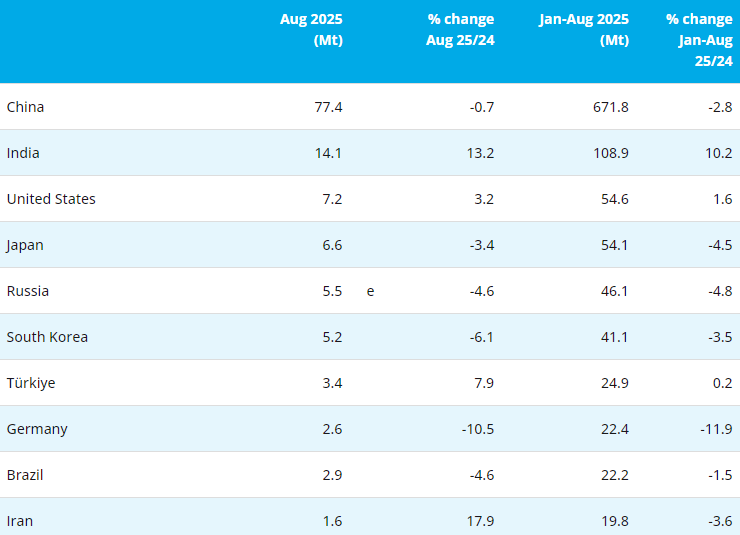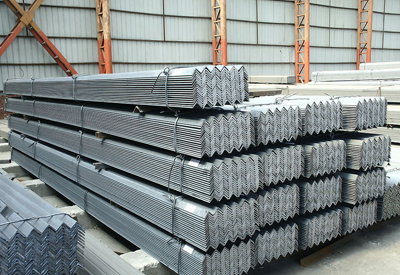Jia Kang, Director of the Research Institute for Fiscal Science at the Ministry of Finance, published an article in the "People's Daily" on June 8 saying that the economic situation in April and May is crucial for China’s policy for the rest of the year.
With the economic conditions of major trading partners such as the US showing signs of stability, the external uncertainties facing China's economy are decreasing, he said.
Major indicators in the last two months of the second quarter this year yet to be released will be extremely crucial. China's economic policies need to make two kinds of corresponding preparations and the country may need the expansive macro-control policy for five years.
If the major indicators at the end of the second quarter don’t fully meet expectations, it will be necessary to take the already-implemented expansive policy to new levels. In 1999 and 2000, China increased the amount of national debt in response to the economic slowdown which followed the Asian Financial Crisis and the burst of the "new economy" bubble in the US. Now the method required is not necessarily just an increase of national debt alone.
If the second quarter's economic operations imply that there is no need to strengthen the implementation of the expansive policy, the government should consider launching a reform of resource tax hikes to implement the mid- and long term strategy of transforming and upgrading the development model.
With the resource tax reform as economic leverage, all sectors would be stimulated to further cherish rather than waste the resources, while every type of enterprise will be prompted to make every attempt to develop energy-saving technologies, skills and products. It is an important approach to help transform development modes and optimize structures.
Moreover, the key is to wait for the right time when policy makers, administrative departments and the business circle all confirm that the economy has already hit rock bottom and started to pick up.
The already-implemented structural tax cut measure is estimated to reduce fiscal income by over 550 billion yuan this year. If hikes in resource tax and a consumption tax on cigarettes can be put into place in the second half of the year, they can exert a positive effect on optimizing structures and channeling consumption to the desired fields.
Moreover, they can mitigate the current prominent pressure of fiscal income reduction, which is conducive to stabilizing the general situation.
Even if China's economy picks up smoothly in the second half of the year after a downward trend in the first half, it does not mean it will re-enter an upswing phase immediately.
Experiences from the early 1990s showed that either the upswing or recession phase would last for about five years.
In addition, China's interdependence with its major trading partners, including the US, indicates that since the late 1980s, the curves of economic developments of China and the US have displayed identical heights. When economic phases transformed, China lagged behind the US by half a year to one year and this round of economic slowdown in the US could last for over three years.
As a result, it is roughly estimated that this round of economic recession in China might continue for over three years. From its onset to fadeout, the expansive micro-control policy should be there for a period of five years.
During the process, the government should particularly pay attention to and deal successfully with the balance between maintaining economic growth and adjusting structures.
It should do its utmost to keep on promoting structural optimization and firmly deepen reform to make short-term macro-control efforts in tune with long-term strategies of government function transformation and mechanism innovation. –People’s Daily Online
Copyright © 2013 Ferro-Alloys.Com. All Rights Reserved. Without permission, any unit and individual shall not copy or reprint!
- [Editor:editor]



 Save
Save Print
Print Daily News
Daily News Research
Research Magazine
Magazine Company Database
Company Database Customized Database
Customized Database Conferences
Conferences Advertisement
Advertisement Trade
Trade













 Online inquiry
Online inquiry Contact
Contact

Tell Us What You Think